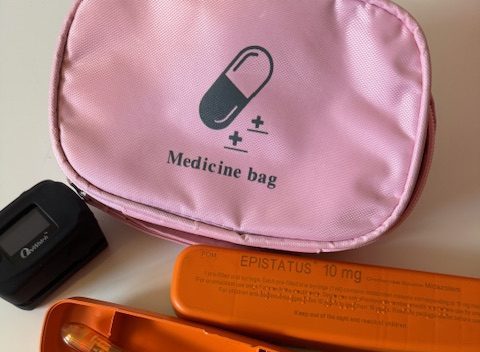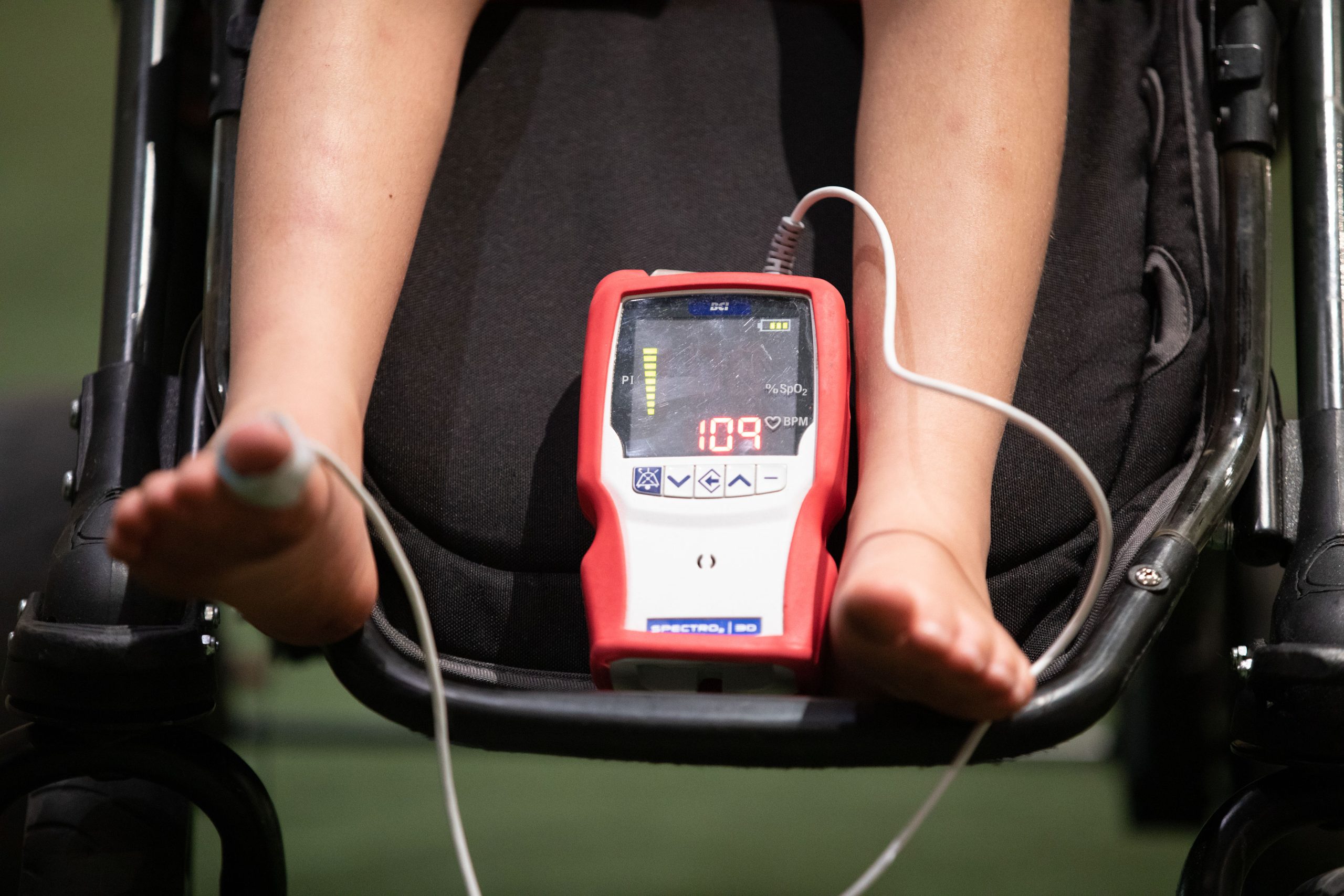
Guide: Emergency Medication and Protocols
Find out more about emergency protocols, practicalities of using rescue medications, initial emergency treatment in hospital and ventilation, in this short downloadable guide.
Someone living with Dravet Syndrome may need to have emergency medication to control their seizures.
‘Rescue medication’ is the term used to describe medicine given in an emergency to relieve symptoms quickly. In epilepsy, if a seizure lasts more than five minutes, rescue medication is usually needed.
People living with Dravet Syndrome need to have an emergency protocol that has been developed with their neurologist, which includes details of their home rescue medication and instructions for using it.
Rescue medication varies from person to person. An example of one that can be used at home is oxygen.
The medical team may:

Find out more about emergency protocols, practicalities of using rescue medications, initial emergency treatment in hospital and ventilation, in this short downloadable guide.

Discover what medications are used to treat Dravet Syndrome and those that should be avoided.

Read about the three treatment plans that families affected by Dravet Syndrome need to create with their medical team.